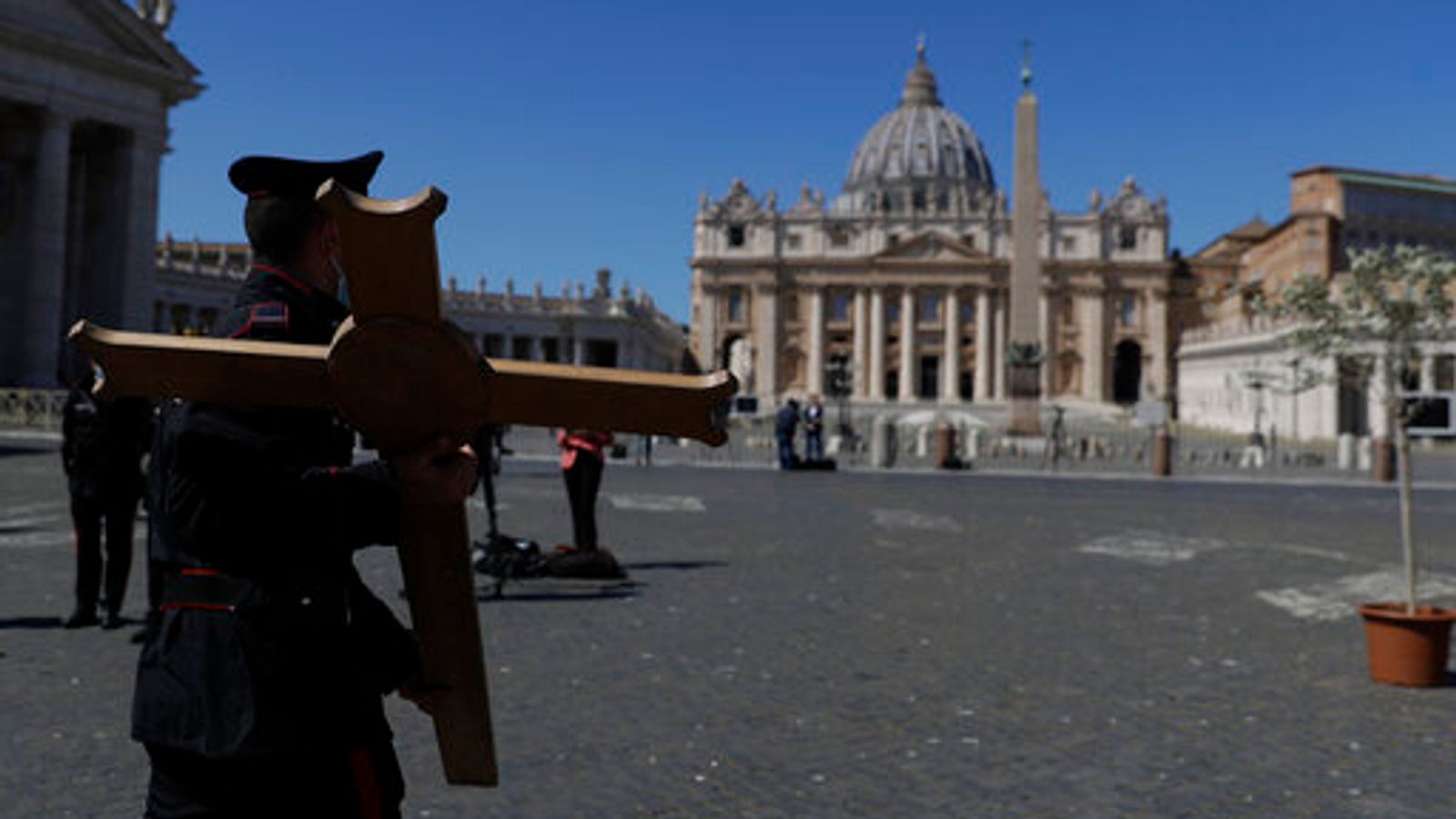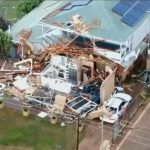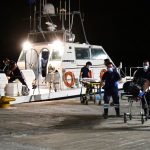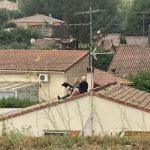A former Vatican official has said he was under intense “psychological pressure” to finalise a deal over the Holy See’s troubled investment in a London property, but entered into the negotiations without a lawyer and did not realise the deal made the Vatican nothing in return.
Fabrizio Tirabassi gave evidence for seven hours about the frenzied meetings he attended in London on 20-22 November 2018, saying that the Holy See had thought it would salvage its €350m (£300m) investment in the former Harrod’s warehouse and stem its losses.
Instead, the contracts negotiated in those days ended up turning control of the London property over to an Italian broker, Gianluigi Torzi, who was unknown to the Vatican only a month before but got in the door because he was recommended by acquaintances of Pope Francis.
The combination of incompetence, alleged criminality and blind trust in people presented as friends of Francis, are at the heart of the Vatican’s fraud and embezzlement trial.
Vatican prosecutors have accused 10 people, including Tirabassi, of fleecing the Holy See of tens of millions of euros, and Torzi of having then extorted the Vatican for €15m (£12.8m) to get full ownership of the property. They all deny wrongdoing.
Tirabassi was the number two in the secretariat of state’s administrative office, which managed €600m (£511m) in assets, including donations from the faithful to the Pope for charity.
Starting around 2012, the office decided to diversify its portfolio and put €200m (£170m) in a fund that, among other things, was investing in the London warehouse and developing it into a luxury residential property.
Pope Francis approved secret €1m bid to free kidnapped nun from Islamist militants, says disgraced Cardinal Angelo Becciu
Pope Francis seen using wheelchair for the first time for mobility reasons
Be kind to your mother-in-law, urges Pope Francis
By late 2018 the fund had lost €18m of the Holy See’s money and the Vatican’s auditor general was asking questions: the auditor had put an end-of-the-year deadline for the secretariat of state to explain the deal and turn it around. Tirabassi said he felt “psychologically pressured” to find a way out.
Tirabassi and his boss, Archbishop Alberto Perlasca, worked with a handful of Italian businessmen who were presented as having a “privileged rapport with the Holy Father”, he said, to figure out a way to buy out the fund manager, Raffaele Mincione, and obtain the shares of the building the Vatican owned.
‘In big trouble’
One of those friends of Francis introduced Tirabassi to Torzi, and between mid-October and mid-November, Torzi stepped up with a solution that was hammered out in his London offices on November 20-22, Tirabassi said.
Mr Perlasca sent Tirabassi and the Vatican’s long-time external financial adviser to London to work out the details, but they realised once they got there they needed a lawyer.
A text message read out in court from Mr Perlasca in those days said that “we’d be in big trouble” if the auditor-general discovered they had entered into a new set of contracts over the London property without a lawyer present.
Mr Perlasca baulked at spending £160,000 on one lawyer familiar with the deal, Tirabassi said, so they decided to entrust their interests to Torzi’s lawyer, thinking they were on the same side.
The deal called for the Holy See to have 30,000 shares of the building in one of Torzi’s holding companies, Gutt, with Torzi keeping 1,000 shares, but he stipulated in the signed contract that his shares had all the voting rights, meaning he effectively owned and controlled the building.
Tirabassi said he did not realise the “diversity of the shares” at the time and thought Torzi’s 1,000 shares were necessary for him to manage the property and would serve as compensation if the Vatican ever sold the property.
In the end, the Vatican bought out Torzi’s 1,000 voting shares for €15m, the basis for the charge of extortion against him, which he denies.






















